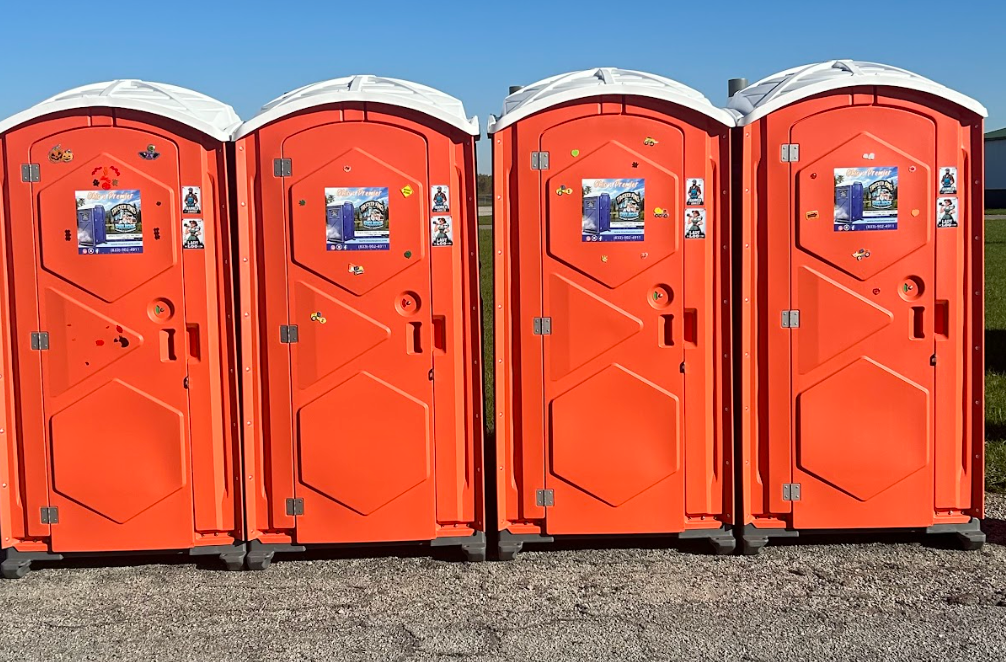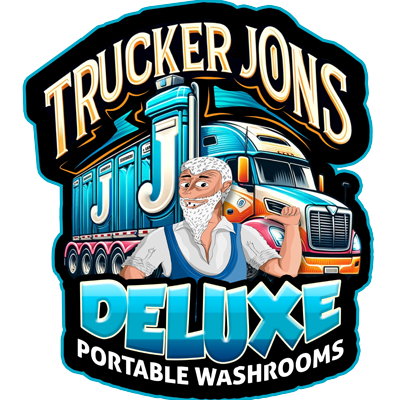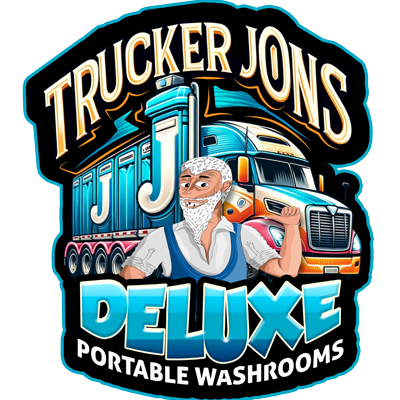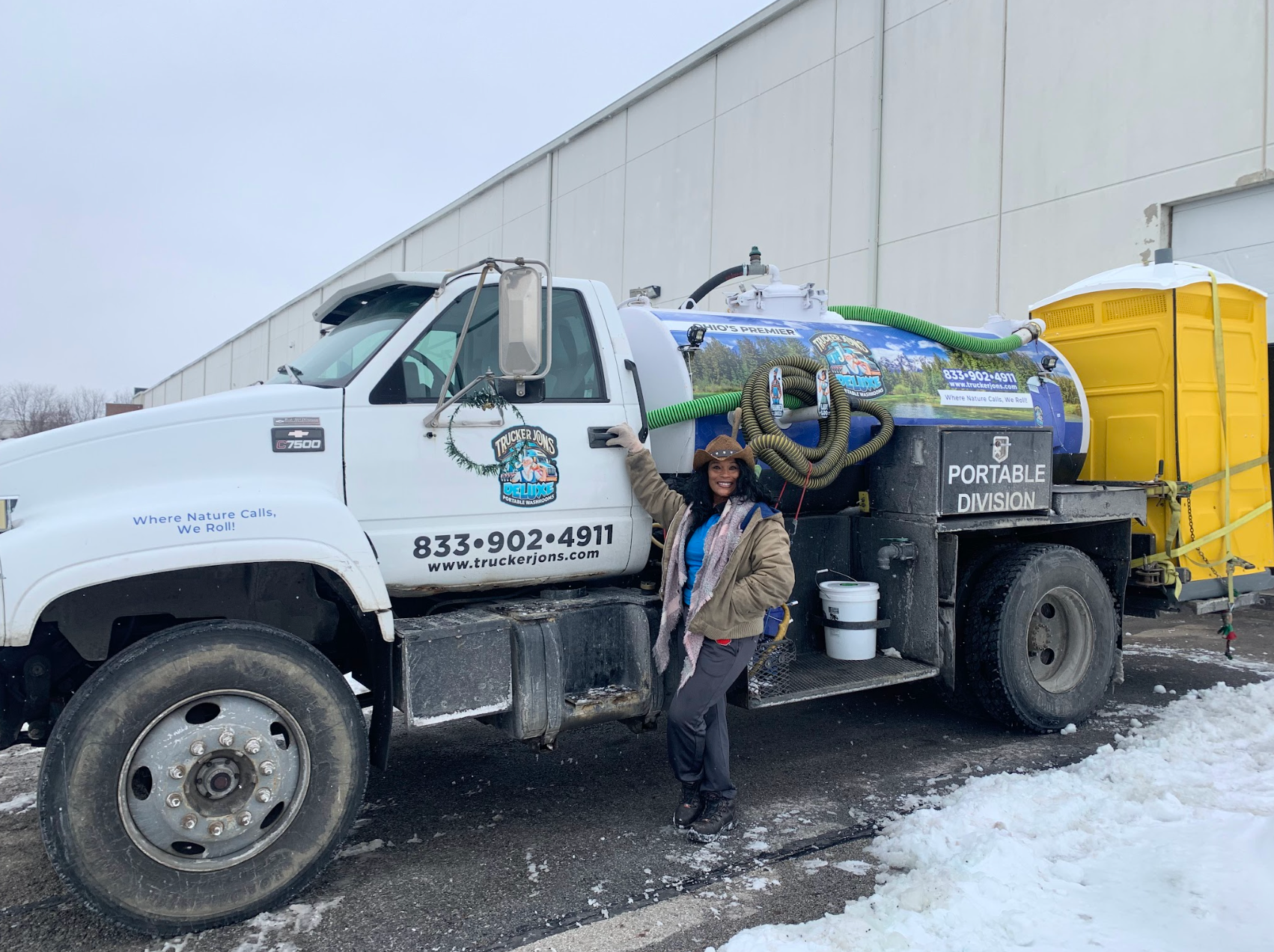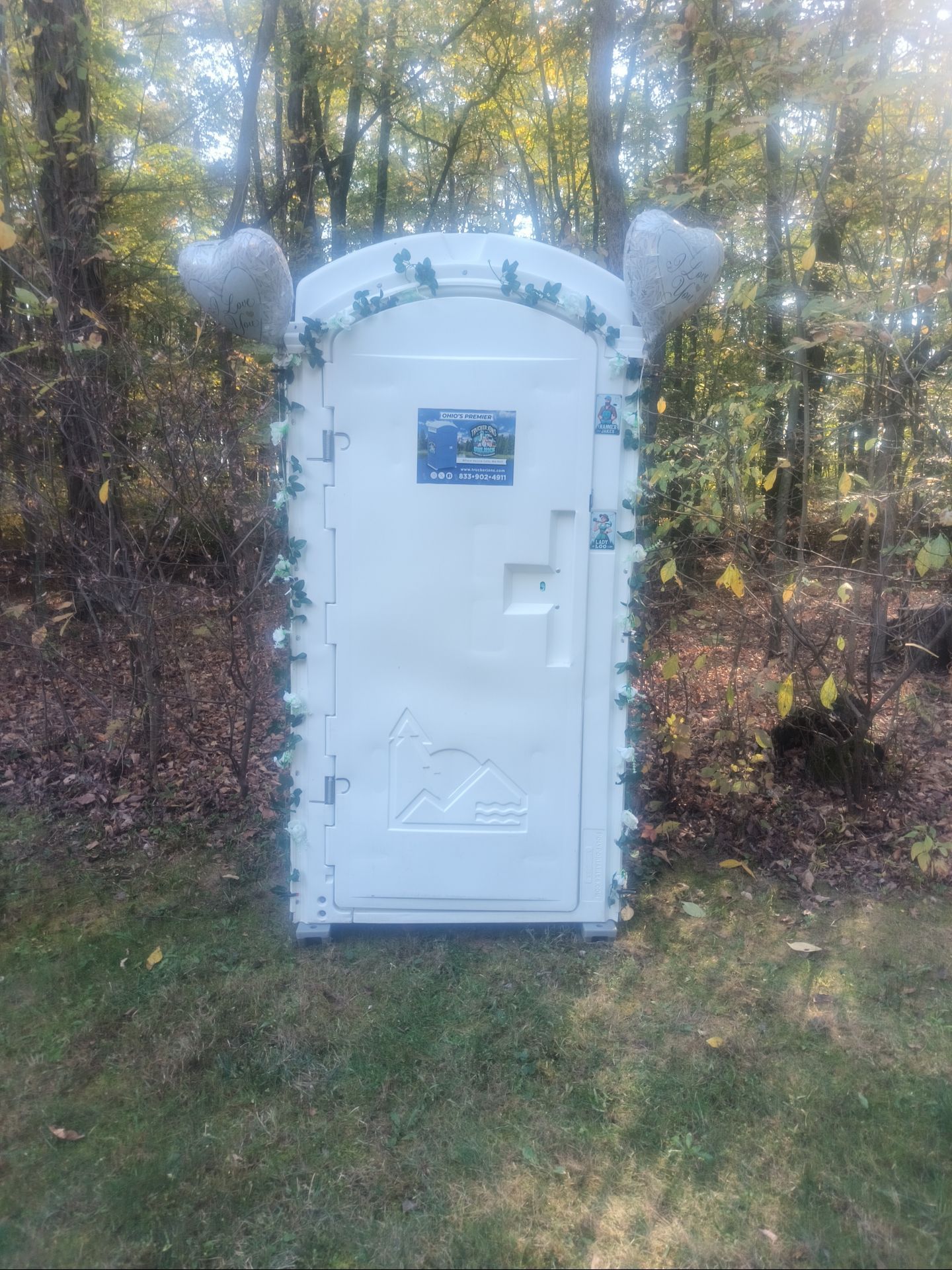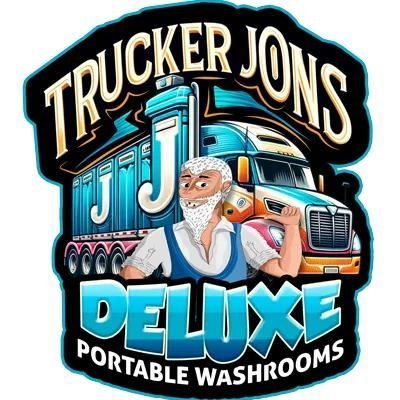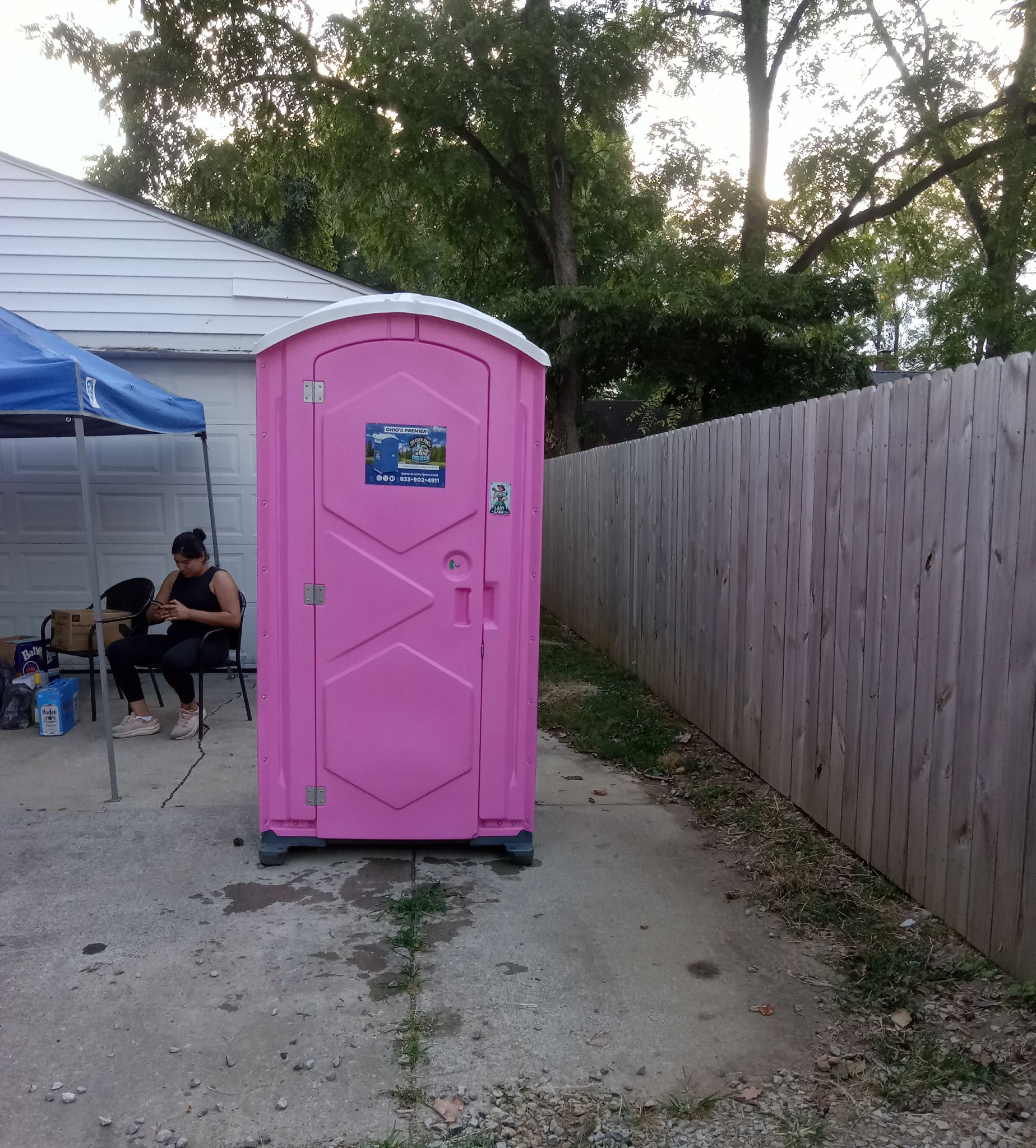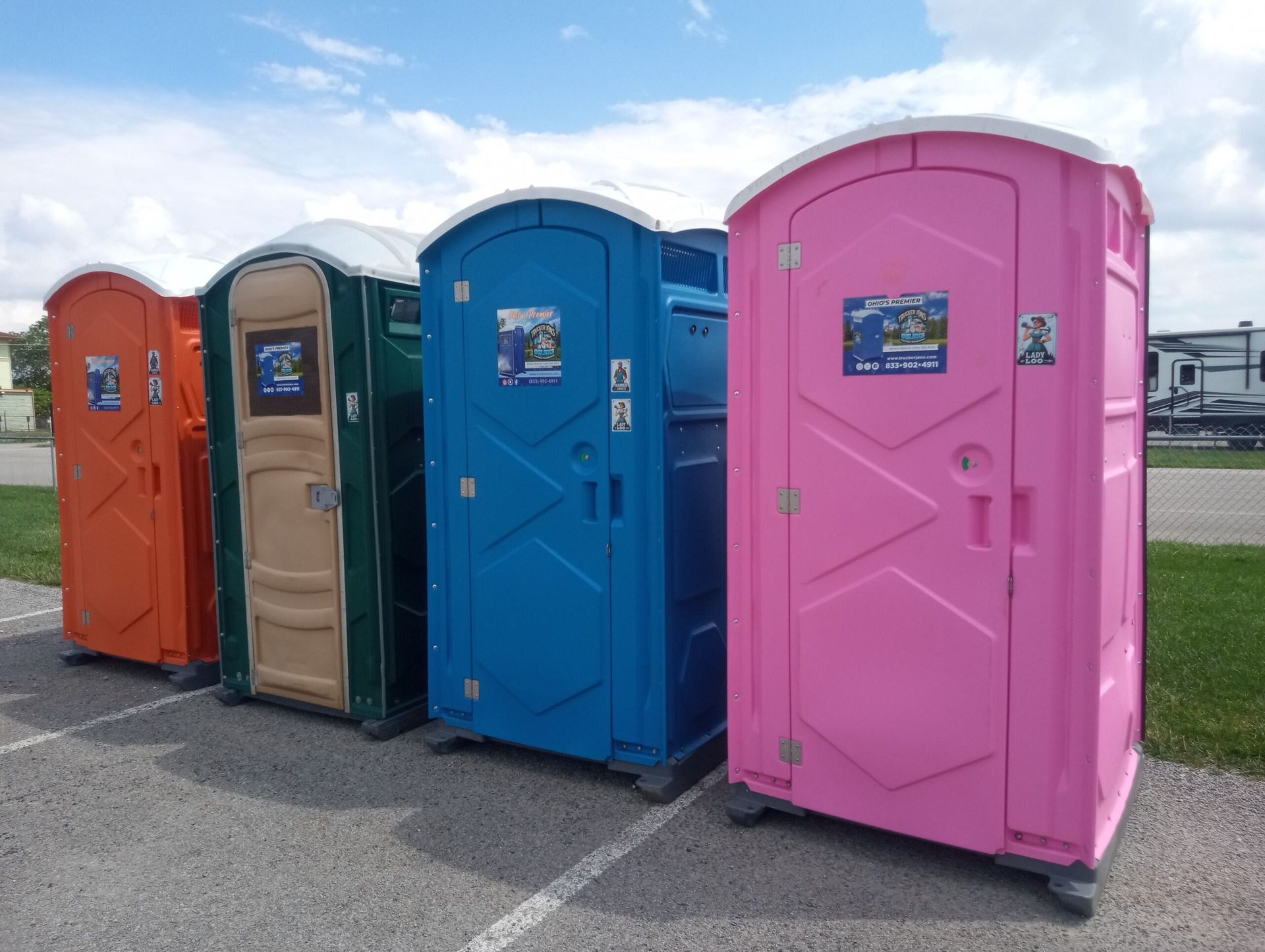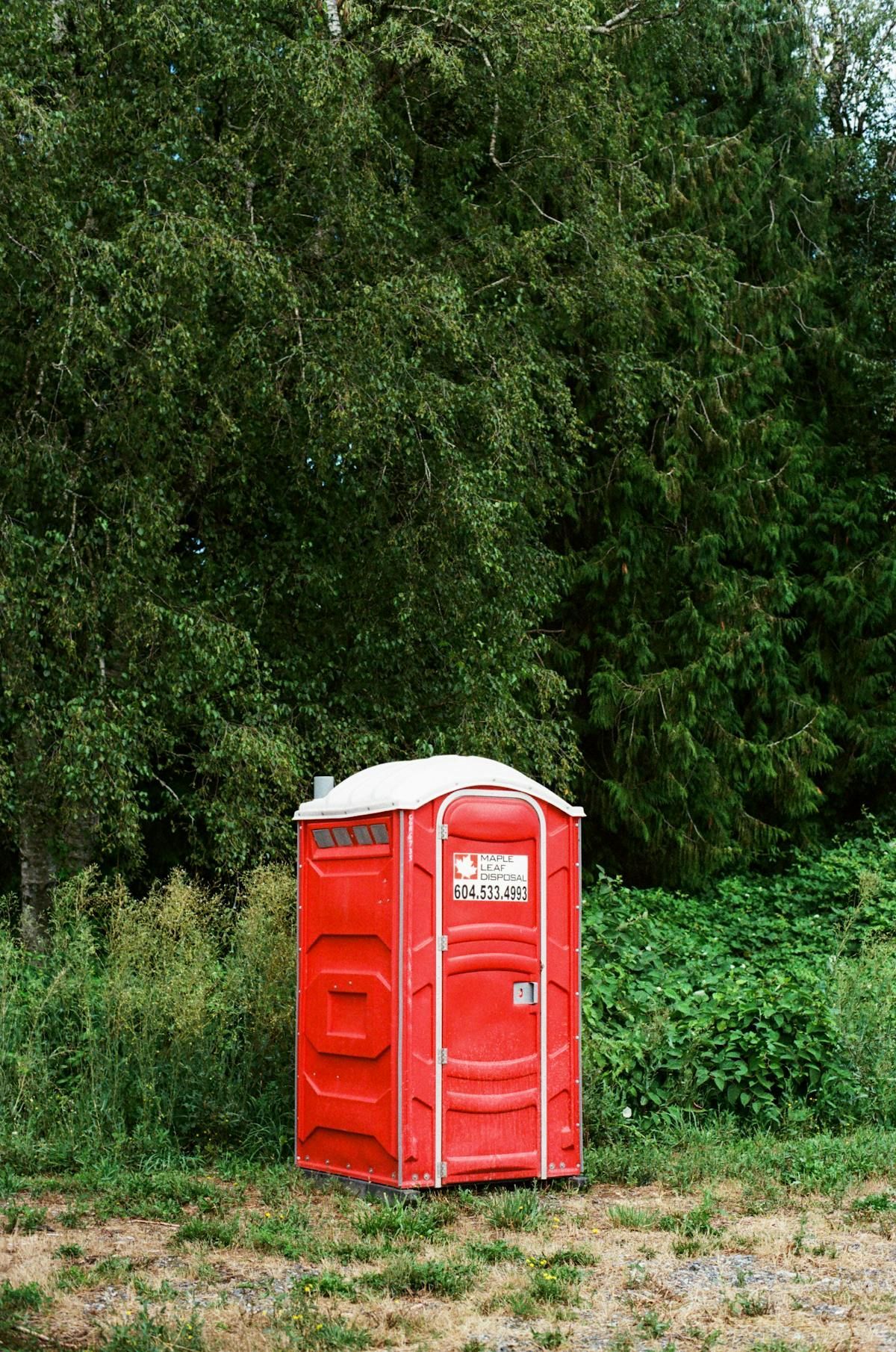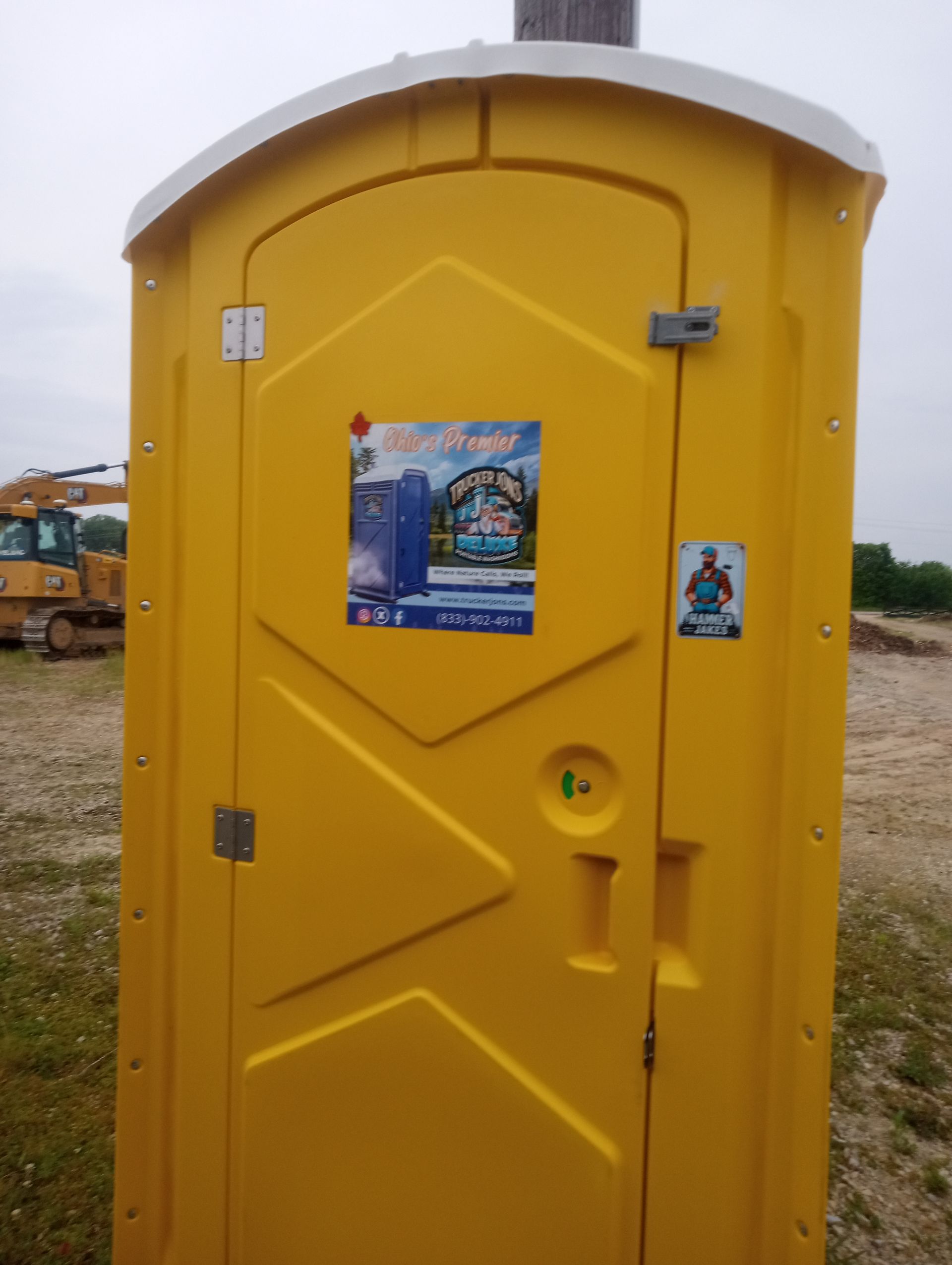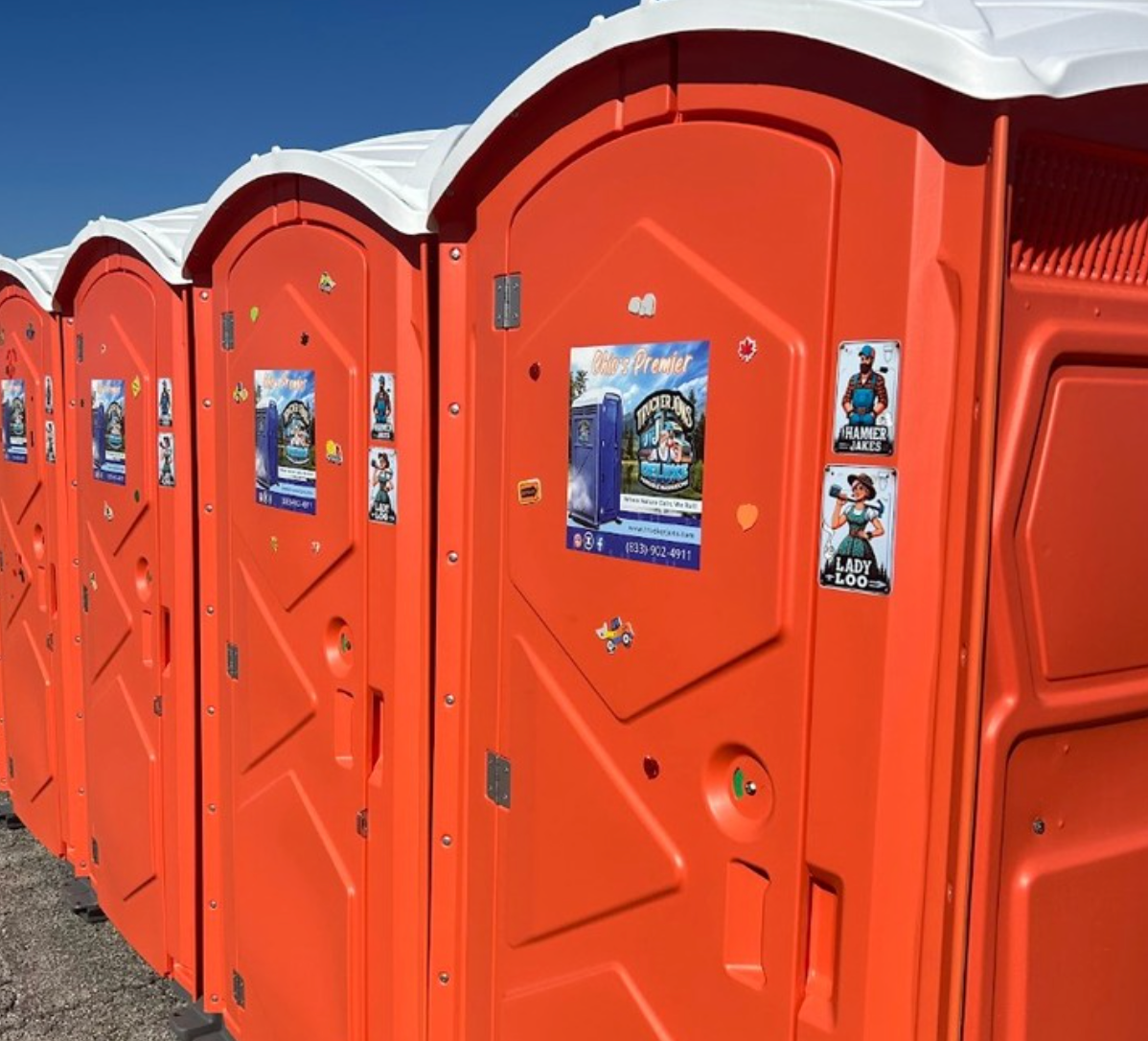Do I legally have to provide a porta potty at a job site?
When you manage a construction or renovation project, the focus is often on budgets, timelines and building codes. There is another, less glamorous responsibility that is just as important: making sure your crew has access to clean restrooms. On many job sites I have visited, providing proper portable sanitation is often an afterthought until someone asks, "Do I legally have to provide a porta potty at a job site?" This article breaks down the regulations, explains why compliance matters, and explores how to choose the right temporary toilets.
Understanding OSHA’s sanitation mandate
The Occupational Safety and Health Administration (OSHA) is a federal agency tasked with protecting worker health and safety. Its standard 29 CFR 1926.51 requires employers to provide adequate restroom facilities that are sanitary, easily accessible and maintained in good working order. This standard applies to construction sites where there are no permanent toilets, so portable restrooms become the default solution. In other words, having a porta potty isn’t just courteous—it’s a legal requirement when your crew doesn’t have access to indoor plumbing.
I’ve seen job sites run more smoothly when managers take sanitation seriously. Workers aren’t forced to leave the premises to find a bathroom, saving time and reducing schedule delays. Beyond convenience, OSHA’s mandate also prevents health hazards: unsanitary conditions can lead to illness and spread disease. Providing proper restrooms, hand‑washing stations and supplies promotes a safe workplace and protects your business from costly citations.
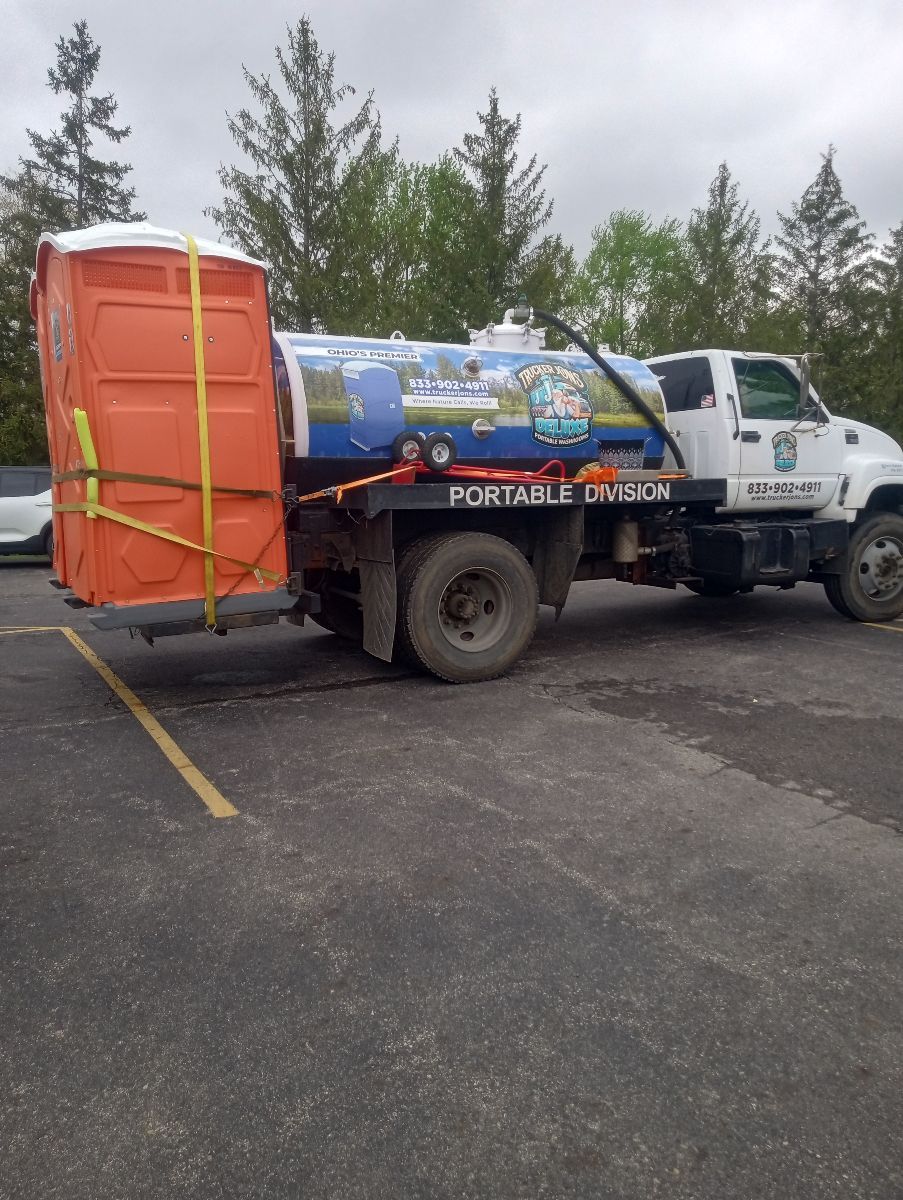
What are the OSHA requirements for portable restrooms?
To comply with OSHA, you need to consider three primary factors: quantity, proximity and hygiene. The standard specifies minimum ratios for toilets based on workforce size. For job sites with up to 20 workers, at least one toilet is required. If your crew grows larger, you must provide one toilet seat and one urinal for every 40 workers up to 200 employees. Once you exceed 200 workers, the ratio changes to one toilet seat and one urinal per 50 workersblog.ansi.org.
Accessibility is equally important. OSHA requires that restrooms be located within a reasonable distance—ideally within a 10‑minute walk or about 200 feet from work areas. They must be placed on level ground and have a safe path of travel free from obstacles. Finally, hygiene is non‑negotiable: each unit should be stocked with toilet paper, and there must be handwashing facilities supplying potable water, soap and drying materials. I always remind site managers to include at least one ADA‑compliant portable toilet, ensuring access for workers with disabilities.
Does an employer need to provide a toilet?
Yes. OSHA’s language is clear that employers must provide toilet facilities. Failing to do so exposes your company to fines of up to $15,625 for a first violation and up to $156,259 for willful or repeat violations. Beyond the financial penalty, there are other reasons to comply. When workers know their basic needs are met, morale improves. A clean restroom signals respect for the workforce, and that respect often translates into higher productivity.
Local codes can impose additional requirements. Many states adopt the same OSHA rules, but some jurisdictions enforce stricter standards, such as requiring separate restrooms for male and female employees or more frequent cleaning schedules. It is wise to check both federal and local regulations. If you’re unsure about compliance, consult your portable restroom provider—many companies, such as those offering Premium Portable Restroom Rentals, know the local rules inside and out.
Is it illegal to not have a porta‑potty on a job site?
On a site with no permanent bathrooms, not providing a portable toilet violates federal law. The ANSI Z4.3 standard, which complements OSHA, outlines voluntary guidelines recommending one toilet for every ten employees and emphasises separate facilities for male and female workers. Although ANSI guidelines are voluntary, they highlight industry best practices and are often referenced during inspections. When inspectors see that you exceed minimum requirements—by adding extra units, upgrading to deluxe models or ensuring more frequent servicing—your commitment to worker welfare stands out.
From my experience, failing to provide porta‑potties can also cause tension with neighbors. Workers may seek out nearby shops or residences to use the restroom, damaging relationships and potentially creating health hazards. Legally, there’s no excuse for this. Whether your crew is renovating a single‑family home or building a skyscraper, you must provide sufficient sanitation.
How many toilets do I need on a construction site?
Determining the right number of units may seem daunting, but OSHA’s ratios make the calculation straightforward. I like to use a simple table to explain the rules:
- 1–20 workers:
- Minimum requirement: 1 toilet
- Best for small crews or short-term projects.
- 21–200 workers:
- Minimum requirement: 1 toilet seat and 1 urinal per 40 workers
- Add more units if you have a mixed-gender crew or if restroom usage is high.
- 201+ workers:
- Minimum requirement: 1 toilet seat and 1 urinal per 50 workers
- Increase cleaning and servicing frequency as the workforce expands.
- ANSI comfort recommendation:
- 1 toilet per 10 employees
- A voluntary guideline designed to improve comfort and reduce wait times.
- These voluntary recommendations promote comfort and reduce wait times.
Note that OSHA’s ratios are minimums. If your workforce is working extended shifts, performing physically demanding tasks or wearing restrictive clothing, they may need to use the restroom more often. Adding extra units or upgrading to more comfortable models—like those offered through Premium Portable Restroom Rentals—can shorten wait times and keep productivity high. It is also wise to consider the layout of your site; large, spread‑out projects may require several units so that every area has a nearby restroom.
Benefits of providing proper sanitary facilities
It’s tempting to view portable restrooms purely as a compliance cost, but they offer tangible benefits. For one, efficient sanitation reduces downtime. Workers who can quickly access a clean, well‑maintained bathroom return to their tasks sooner. If they have to walk a quarter mile to find a facility or drive to a nearby gas station, the lost time adds up quickly. In my own projects, scheduling cleanings during off‑peak hours and ensuring that porta potty rental cost per day fits within the budget have proven to be cost‑effective decisions.
Proper sanitation also protects worker health. Dirty or overflowing toilets are breeding grounds for bacteria and viruses. By ensuring weekly cleaning (or more often for heavily used units) and providing handwashing stations, you reduce the risk of illness and absenteeism. This is especially important during flu seasons or outbreaks of stomach viruses. Hand sanitizer is helpful but should not replace soap and water; both should be available.
Finally, investing in good facilities boosts morale. No one wants to feel neglected, and something as simple as installing Deluxe units with in‑unit sinks or choosing high‑rise portable toilets shows your crew you care. For specialists working on sensitive projects, such as roofing or exterior finishes, a comfortable restroom can be an unexpected perk. For more insight on specialized jobs, check out the article Do I Need to Rent a Porta Potty for a Roof Replacement Job?.
Selecting the right porta potty for your site
Portable toilets come in many styles. Standard units are compact and cost‑efficient—ideal for short‑term projects or small crews. Deluxe models offer sinks, mirrors and sometimes flushing mechanisms, delivering a more pleasant experience for longer projects or sites with supervisors and clients visiting frequently. On high‑rise sites, rolling or crane‑lift units can travel between floors to maintain proximity. The Americans with Disabilities Act (ADA) requires that a certain percentage of units be accessible, with wider doors, ramps and grab bars.
When you evaluate options, think about the nature of your project. Do you need a porta potty rental cost per day estimate for a weekend renovation, or will a monthly rate be more economical for a year‑long build? Are you providing facilities for just workers, or do you have subcontractors, inspectors and clients on site who may appreciate more comfortable amenities? Many providers, including those that handle Other Portable Rental Sanitation Services, can help you choose units that match your project’s demands.
Flexibility is another consideration. Construction sites change; as the project progresses, work crews relocate and the number of workers fluctuates. Choosing a rental company that offers Dump Trailers – Coming Soon! or other adaptable equipment gives you the ability to add or reposition units quickly. I suggest working with vendors who bundle restrooms with handwashing stations and additional services like waste management—doing so simplifies invoicing and ensures all compliance requirements are met.
Strategies for compliance and maintenance
Compliance doesn’t end with delivery—it requires ongoing attention. Develop a schedule for cleaning, pumping and restocking supplies. Most service providers recommend weekly servicing, but high‑traffic sites may need more frequent attention. During hot summer months, odors can become an issue, so increasing the frequency of cleaning or opting for upgraded deodorizing products is wise.
Monitor the condition of each unit daily. Train supervisors to check whether handwashing stations have water and soap, toilet paper is available and the pathway is clear. Keep records of maintenance visits and inspections; these documents can prove your due diligence in the event of a complaint. I’ve found that placing restrooms on stable ground, shielding them from heavy equipment traffic and providing lighting for night work all help maintain cleanliness and user safety. In freezing climates, work with your rental provider to winterize units so water lines don’t freeze.
It’s also important to educate your crew. Encourage workers to report any issues immediately, and provide signage reminding them to wash their hands. When employees take ownership of their sanitation facilities, they are more likely to keep them clean. Many companies offering Premium Portable Restroom Rentals include instructional materials; use them to your advantage.
Partnering with a rental company for peace of mind
Rather than purchasing porta‑potties and managing maintenance yourself, most contractors choose to rent. Reputable providers handle delivery, servicing, compliance documentation and removal. They stay up to date on changing regulations, such as state‑specific requirements or updates to ANSI standards. Additionally, they can advise you on how to adjust your inventory as your project changes, whether you need more units, Dump Trailers – Coming Soon!, or specialized sanitation solutions.
When choosing a company, look for transparent pricing and clear service agreements. Ask how often units will be serviced, what happens if you require additional cleanings and whether ADA‑compliant options are included. Some providers, like those offering Premium Portable Restroom Rentals and Other Portable Rental Sanitation Services, bundle restrooms with waste tanks, fencing and even office trailers. Consolidating these services can simplify logistics and keep your job site compliant.
Conclusion: make sanitation a priority
So, do I legally have to provide a porta potty at a job site? Absolutely. OSHA and ANSI standards make it clear that temporary toilets, handwashing stations and proper maintenance are not optional. Providing adequate facilities ensures compliance, protects worker health and keeps your projects on schedule. Beyond the regulations, investing in good sanitation demonstrates respect for your team and improves morale. By partnering with a trusted provider and understanding the requirements, you can rest easy knowing that you’re giving your crew the clean, accessible restrooms they deserve.
